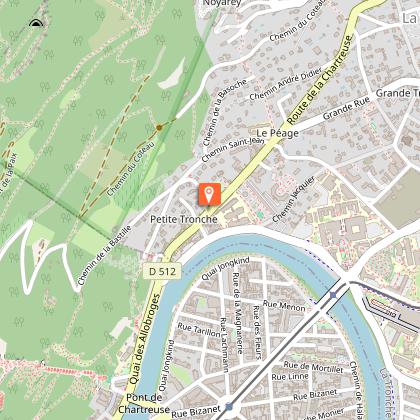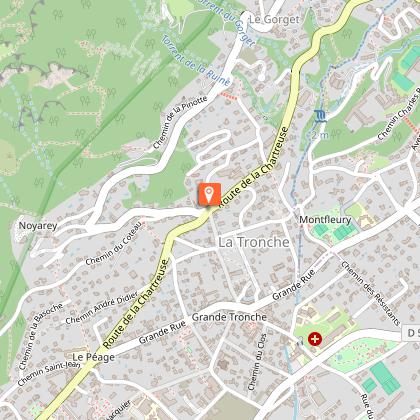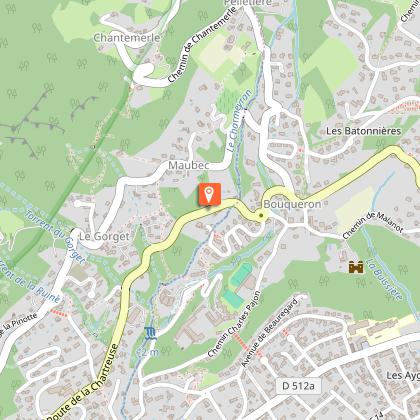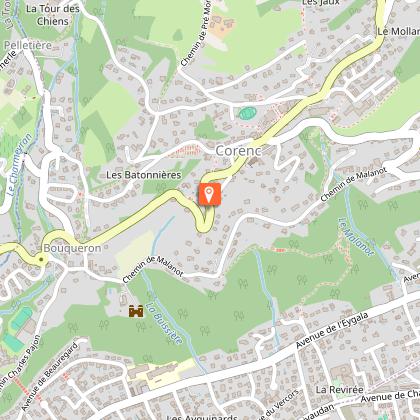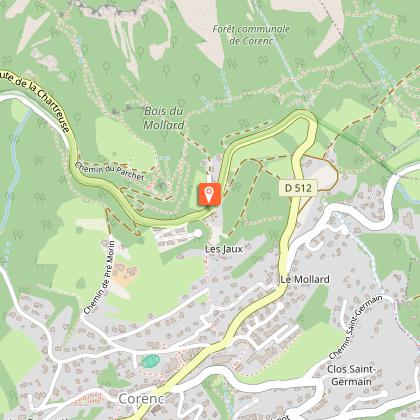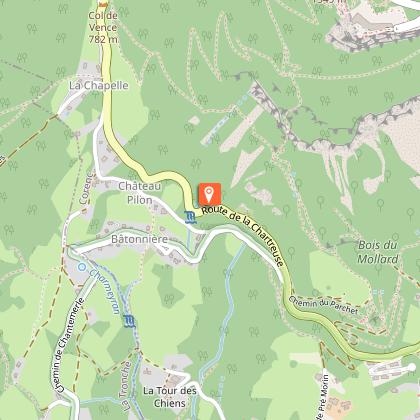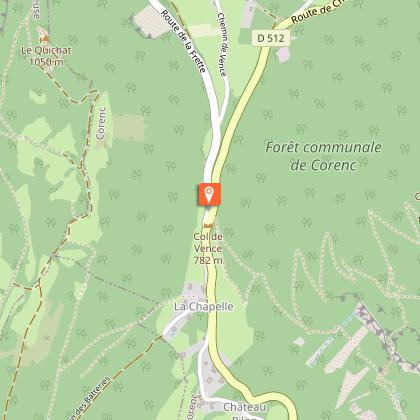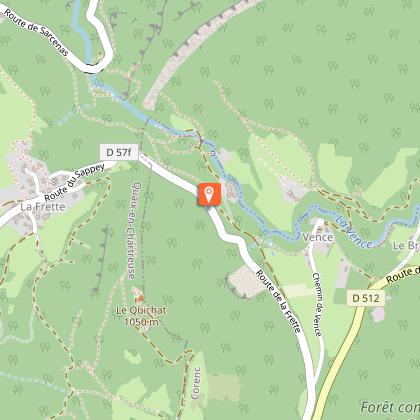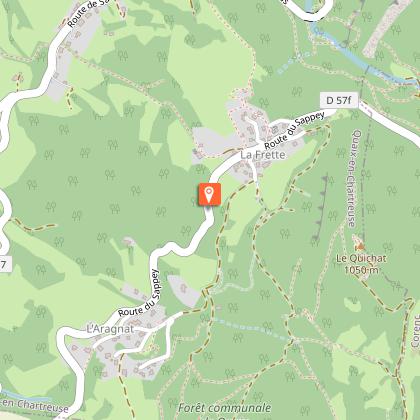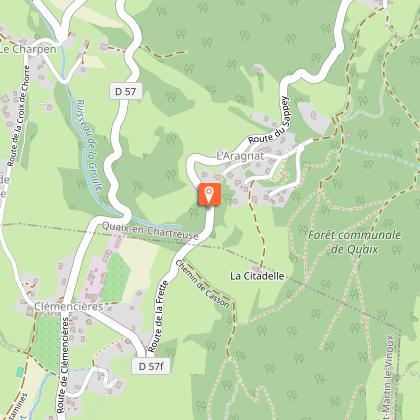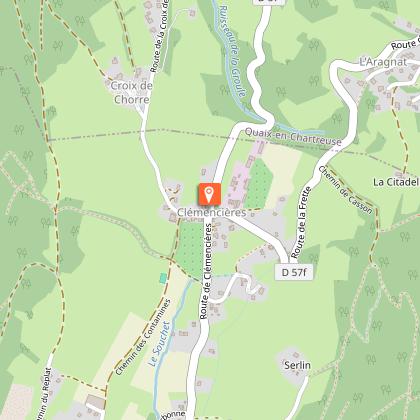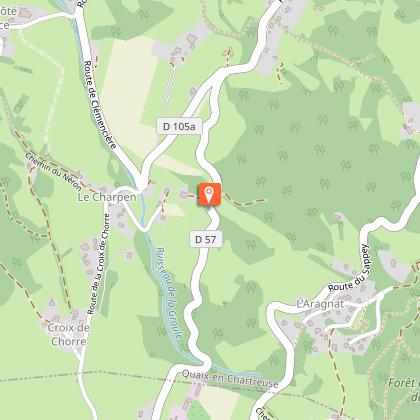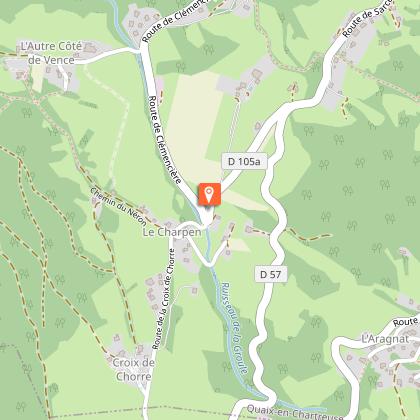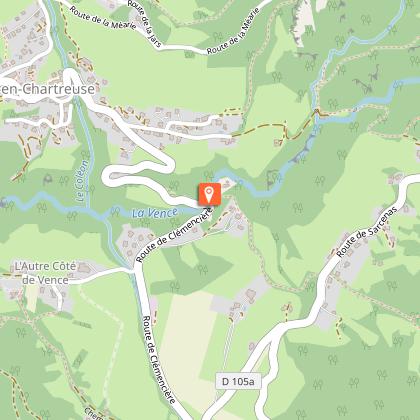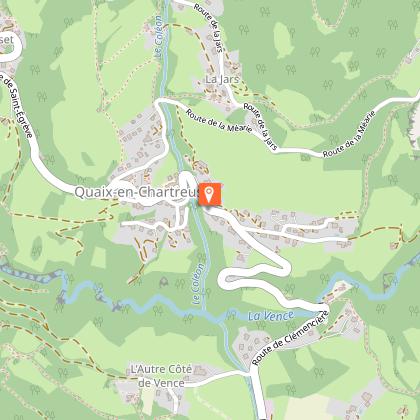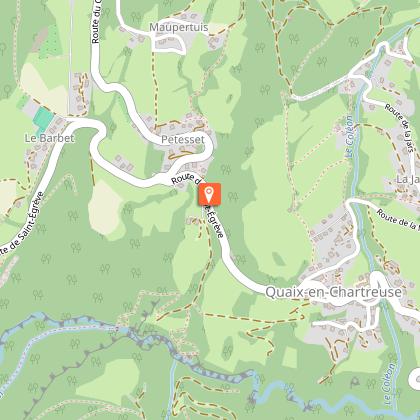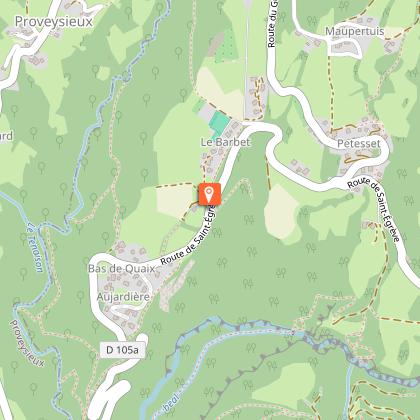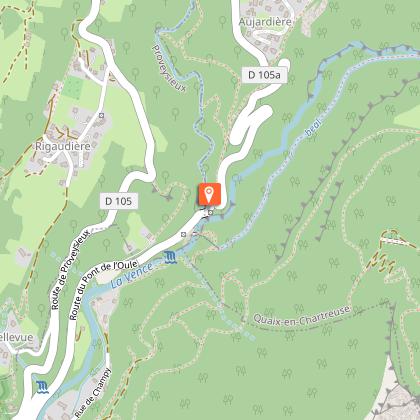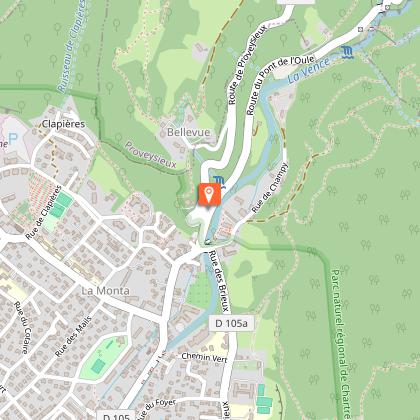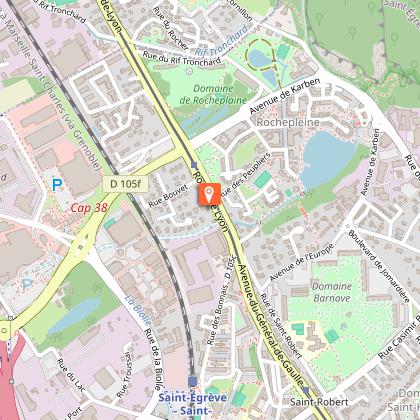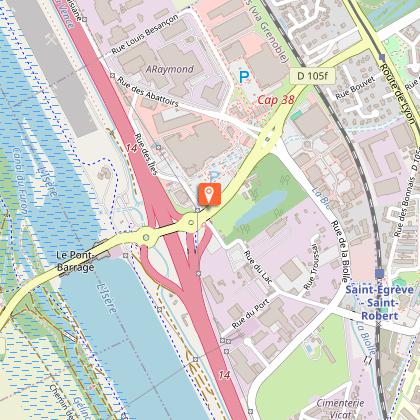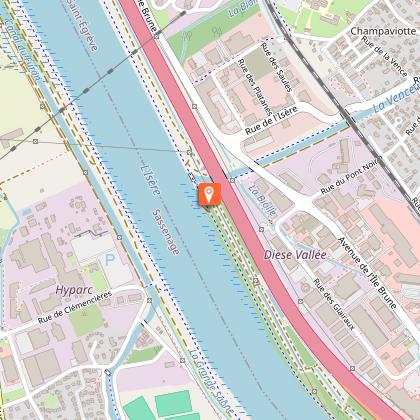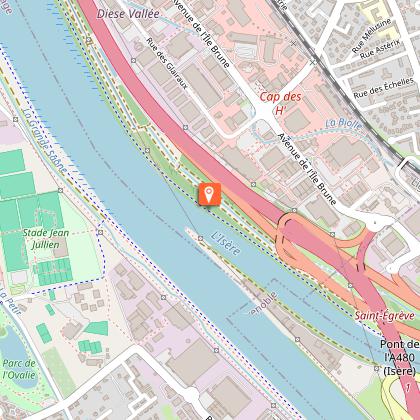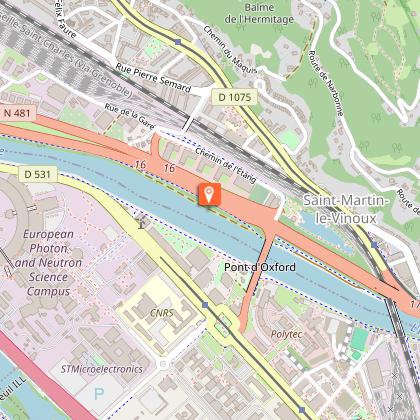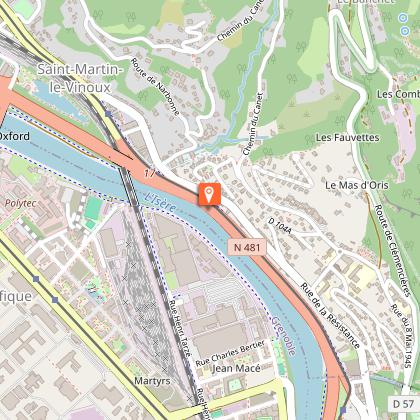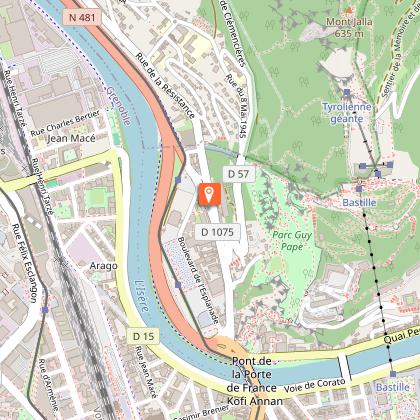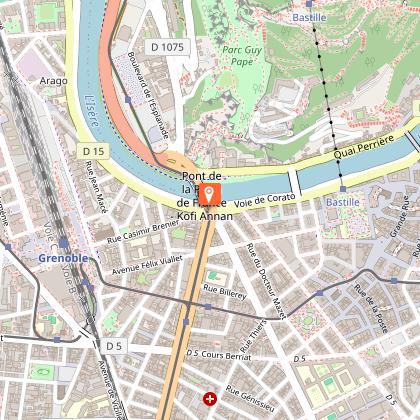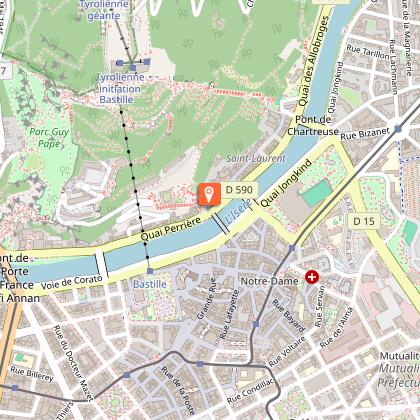Alert
Alerts
Mountain pass around Grenoble

IGN cards
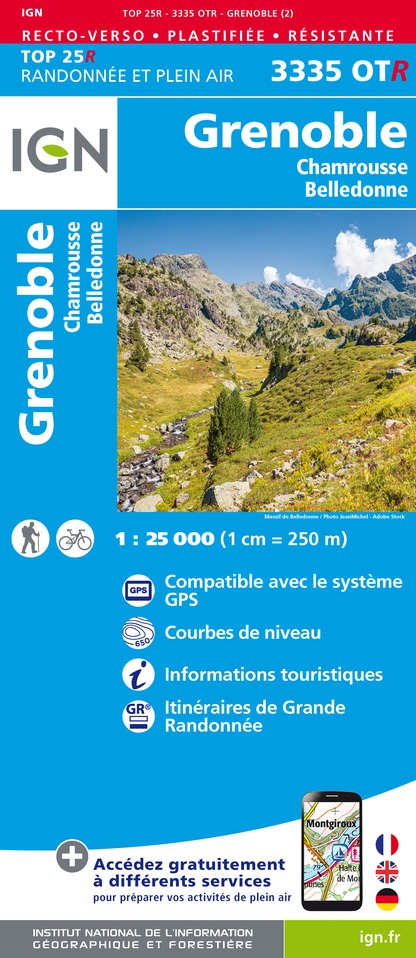
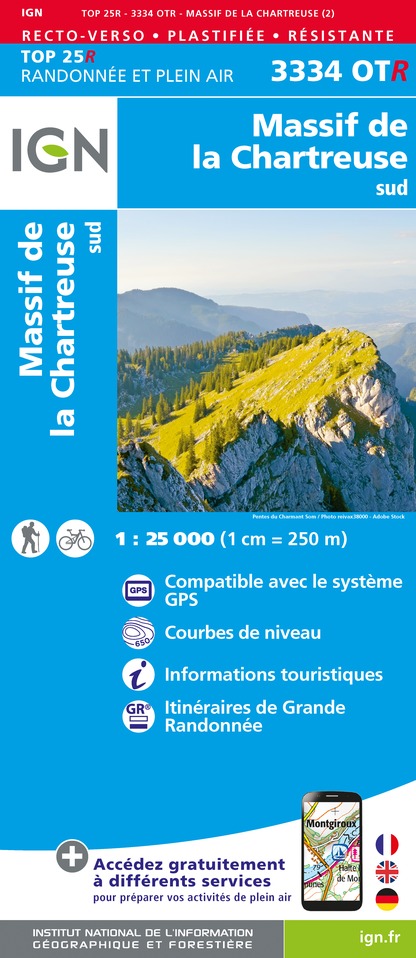
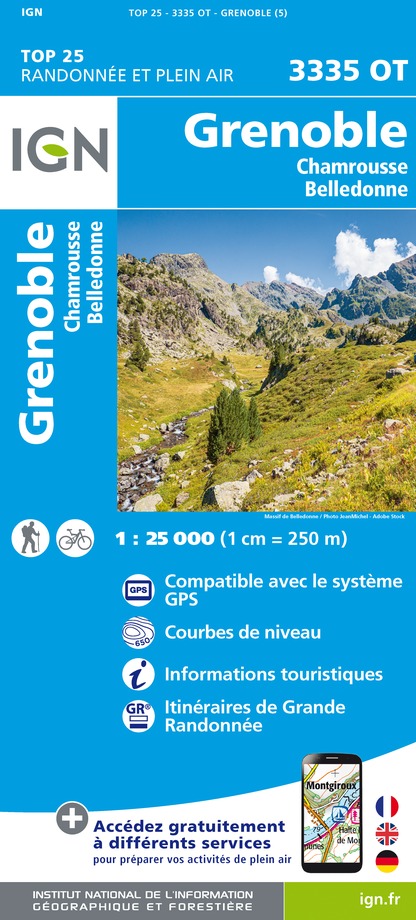
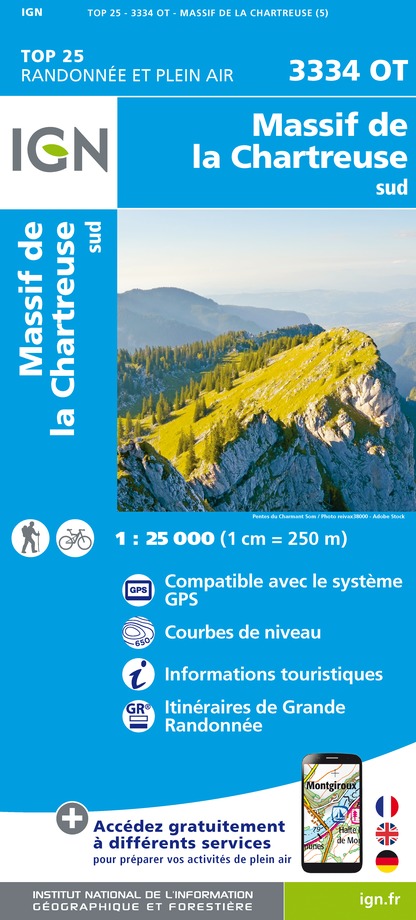
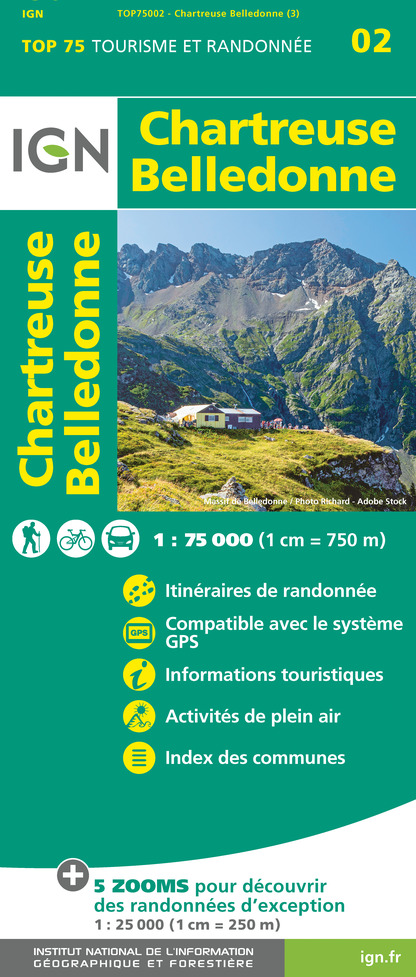

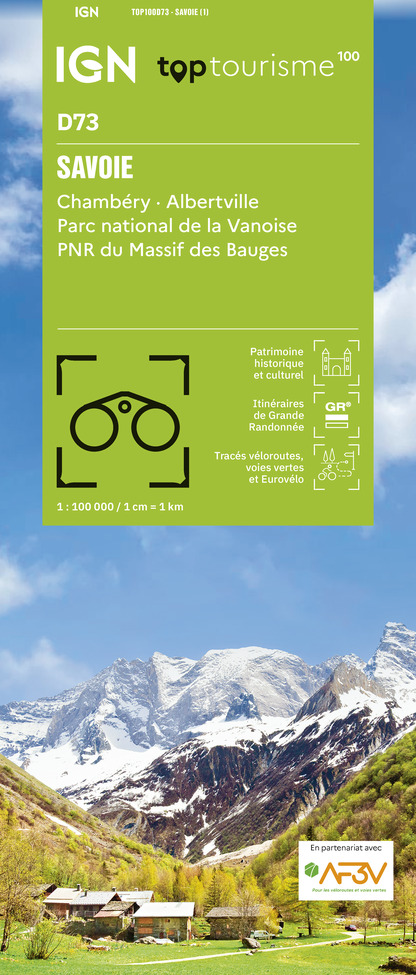




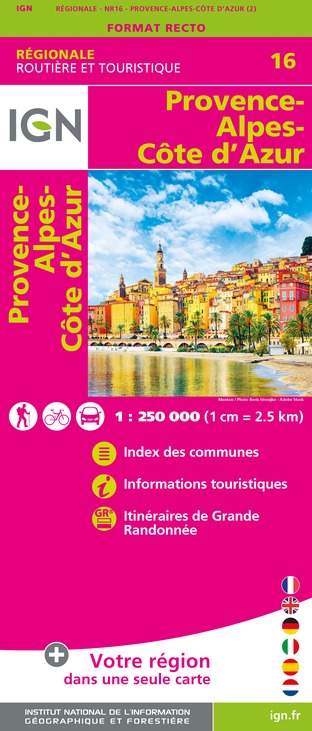

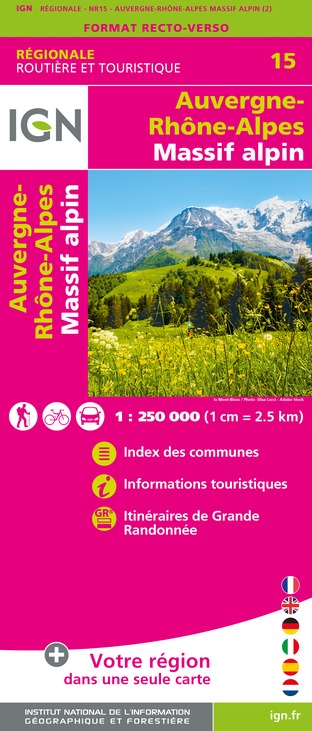

Description
An open route on the mountain. Leave Grenoble by the Saint-Laurent district located in the heart of the historic city to join the Balcons Sud de la Chartreuse road and find yourself in the heart of the massif and exceptional forests.
From Grenoble on the right bank, place de la Cimaise, take rue Saint-Laurent to the Casemates then the Quai de l'Isère towards La Tronche.
After the town hall, turn left on the D512 and go up towards Sappey-en-Chartreuse.
A stopover is essential to enjoy the panorama of the Grenoble area, Vercors, Oisans and Belledonne.
At the Col de Vence, on the left take the D57f in the direction of Quaix-en-Chartreuse.
After the Col de Clémencière, on the left the D105a towards Quaix-en-Chartreuse and continue until Monta.
Take the D105 on the left towards Saint-Égrève and join the cycle path along the Isère for the return to Grenoble.
Technical Information
Altimetric profile
Starting point
Steps
Points of interest
Additional information
Updated by
Isère Attractivité - 18/12/2025
www.alpes-isere.com
Report a problem
Environments
Town location
Mountain location
In the historic centre
Open period
All year round.
Subject to favorable weather.
Contact
Phone : 04 76 42 41 41
Email : info@grenoble-tourisme.com
Website : https://www.grenoble-tourisme.com/fr/
Topo guides and map references
Map references :
IGN Top 100 N°54 map - Michelin N°333 local map
History, culture and heritage
Enjoy the charm of the Saint-Laurent district on the right bank of the Isère, which begins at Place de la Cimaise with its Lion Fountain and ends at the Porte Saint-Laurent (1615), the only vestige of the fortified enclosure defending access to the left bank of the Isère.

